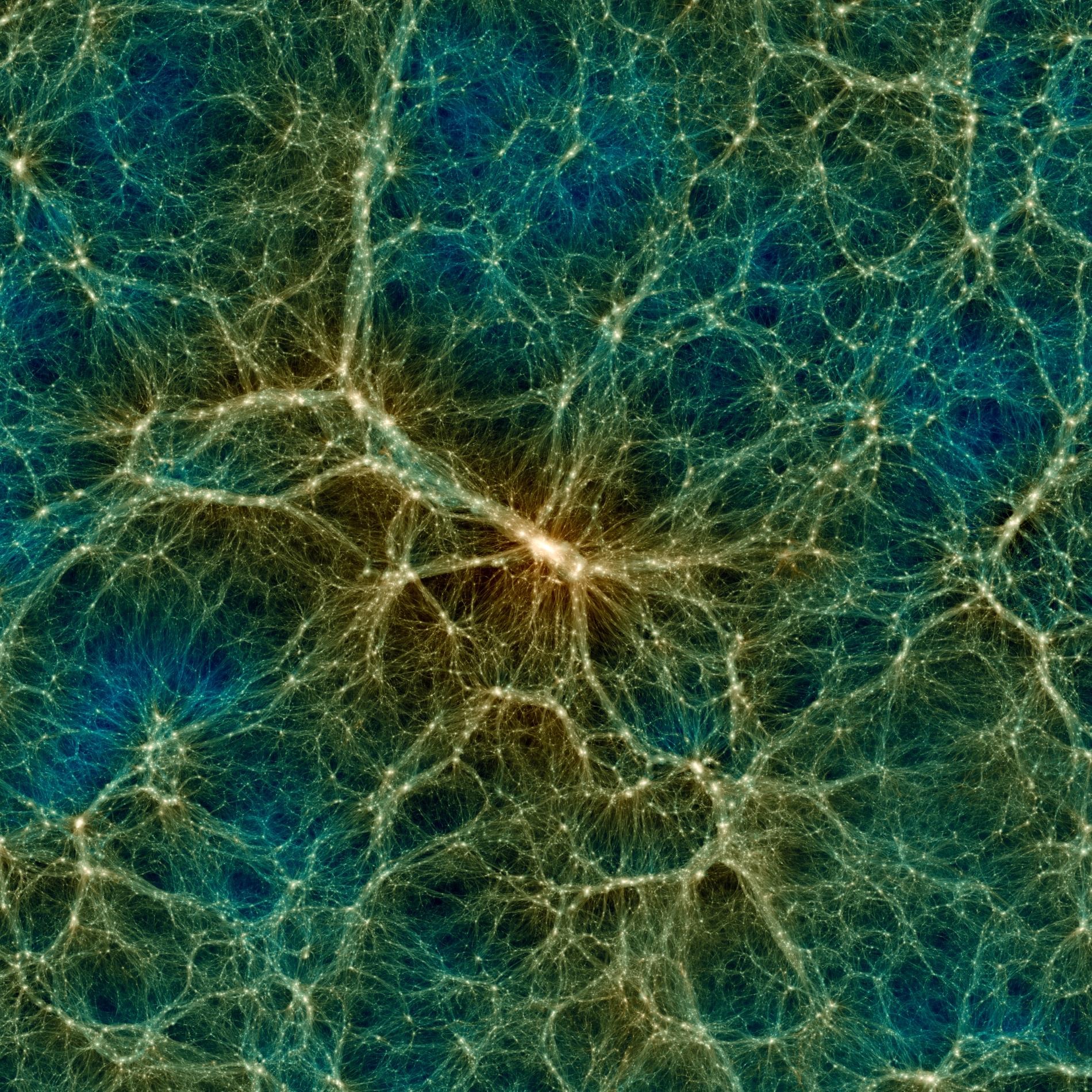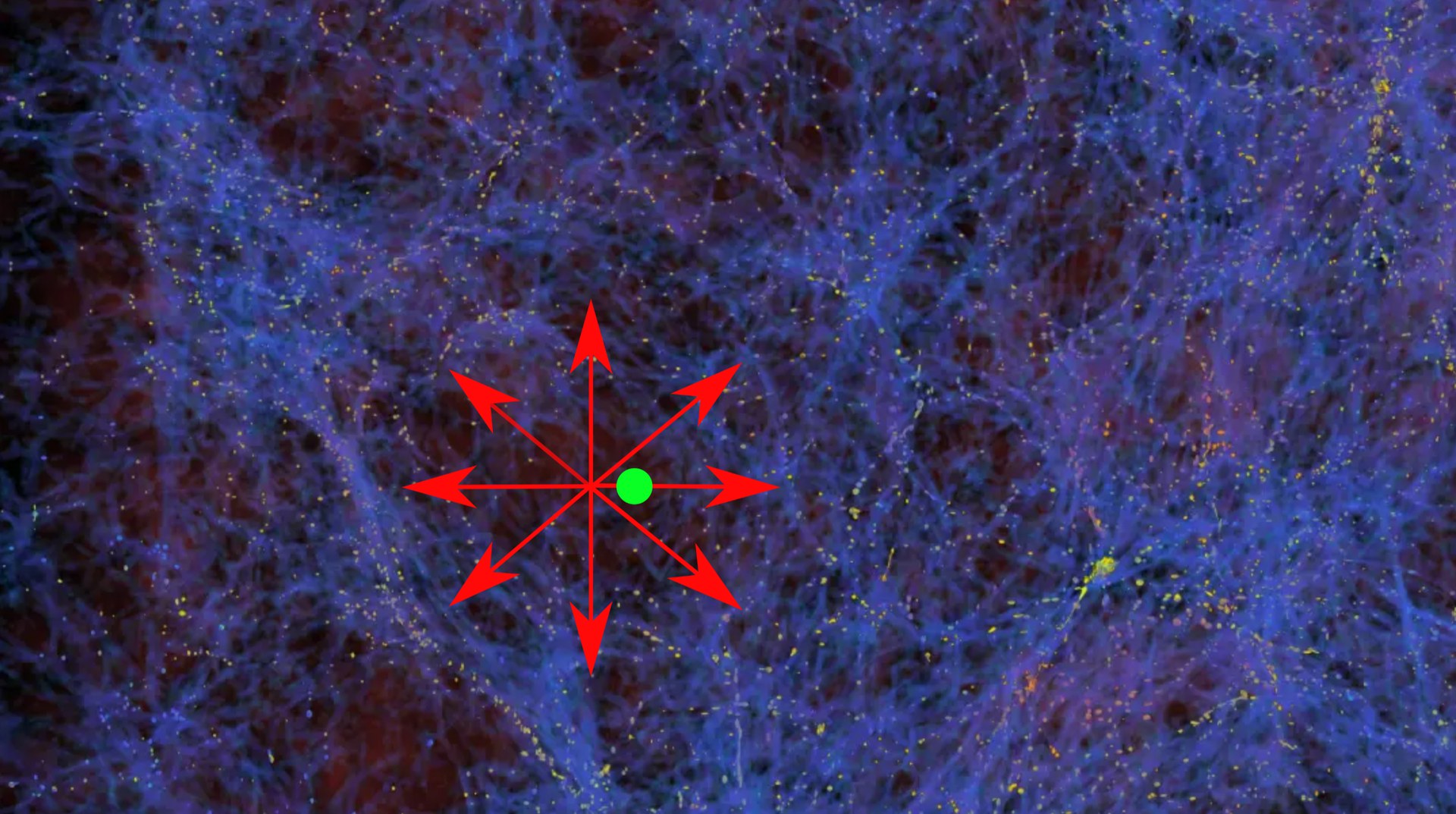Carefully examining the cosmos beyond the Milky Way, we observe many galaxies that, like stars, fill the impenetrable darkness. At first glance, it seems that galaxies are evenly distributed in space and time. However, the Universe is by no means uniform but rather chaotic.

Galaxies tend to group into clusters and filaments, forming networks of cosmic fabric and being attracted gravitationally to large structures. On the contrary, there are voids — regions with a lower density of stars and galaxies.
Local Void
Scientists have discovered that our Galaxy, the Milky Way, may be located on the border of one of these voids in one of the corners of the Universe, known as the “Local Void”. Previously, it was determined that the size of this void was about 60 megaparsecs (about 200 million light-years). But this is only part of the overall map.
The Local Void can be much larger – up to 600 megaparsecs across. It is known as the Local Hole or the Keenan-Barger-Cowie (KBC).

Void poses a problem for the standard model of cosmology, which assumes a uniform distribution of matter throughout the Universe. But a study led by Sergij Mazurenko from the University of Bonn points to a possible solution. The study indicates that the Local Void may influence our perception of the expansion of the Universe, solving the problem of the Hubble Constant. The idea is that galaxies moving away from us in local space can accelerate due to the concentration of matter at the boundaries of the supervoid.
Alternative to dark matter
The discovery differs from previous findings, given the size of the void on a much larger scale. The instability of the standard model is inherent, but the application of an alternative model of gravity, known as Modified Newtonian Dynamics (MOND), may be the key to solving problems.
MOND was proposed as an alternative to the theory of dark matter, aimed at resolving disagreements in the measurements of gravity in the Universe. Even if this model also has its problems, it can point out flaws in our understanding of the Universe.
So perhaps the real answer lies in a combination of both theories, or even in an extension and modification of Einstein’s theory. This can be a step towards redefining our understanding of gravity and leading to a new understanding of the Universe.
Earlier we reported on what happened before the Big Bang.
According to sciencealert.com
Follow us on Twitter to get the most interesting space news in time
https://twitter.com/ust_magazine


